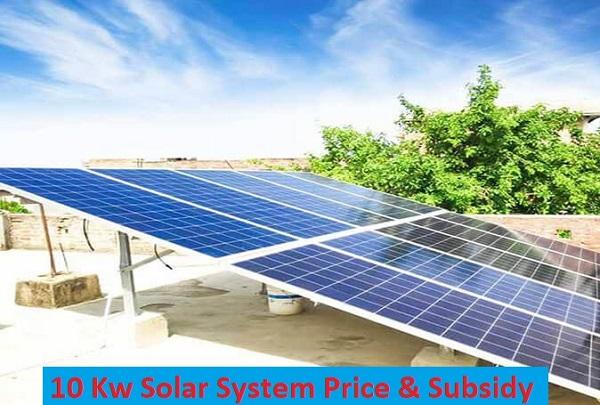
10 किलोवाट सोलर सिस्टम की कीमत और सब्सिडी
10 किलोवाट सोलर सिस्टम – आज पूरे देश में बिजली
Ujjawal Solar India’s Best Solar Company | Contact- +91-8085005100
Ujjawal Solar India’s Best Solar Company
Call – +91-8085005100
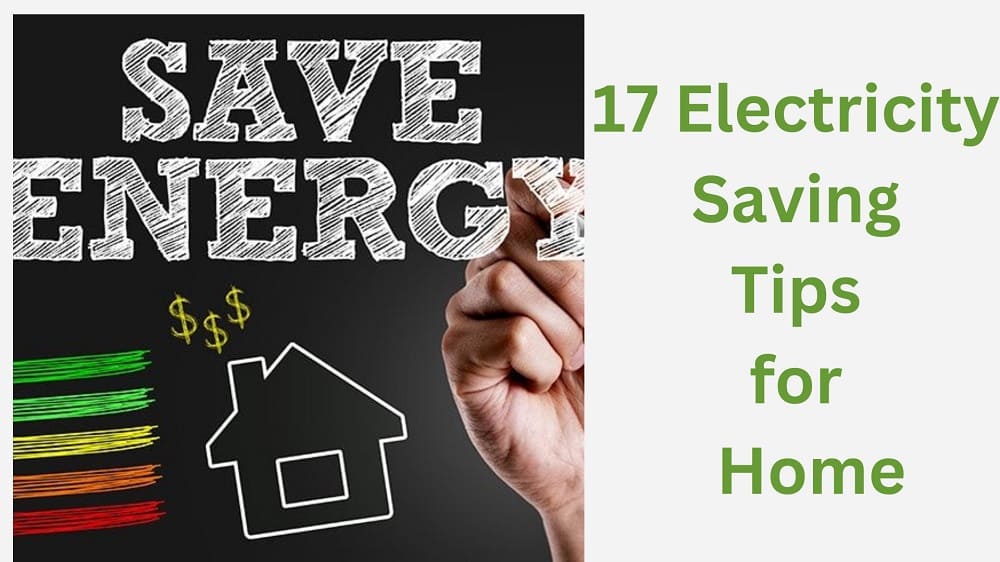
Save Electricity Bills For Home – Saving electricity at home is a great way to reduce your carbon footprint and save money on your energy bills. Start by implementing simple measures such as turning off lights, unplugging appliances when not in use, and using energy-efficient lightbulbs. Other more involved measures include using energy-efficient appliances, installing a programmable thermostat, and sealing air leaks in windows and doors. Taking the time to make sure your home is as energy efficient as possible will benefit both the environment and your wallet.
Save Electricity Bills For Home can be achieved in a few simple steps. Firstly, replace your incandescent bulbs with LED bulbs, as they are much more energy-efficient. Secondly, switch off all appliances that are not in use, and unplug them when they are not in use. Thirdly, use energy-saving appliances, such as dishwashers, washing machines, and refrigerators. Lastly, use natural light as much as possible, and try to limit your use of air conditioning and heating systems. By taking these simple steps, you can reduce your electricity bills significantly, and help the environment at the same time.
Energy efficiency at home matters for a number of reasons. It can Save Electricity Bills For Home, help the environment, and make your home more comfortable. By using energy-efficient appliances, products, and techniques, you can save money and resources while reducing your impact on the environment. Additionally, energy efficiency can help improve the air quality in your home, as it reduces the need for energy-consuming activities, such as running the furnace or air conditioning. Energy efficiency also helps reduce our dependence on fossil fuels and helps us transition to renewable energy sources in the future. All in all, energy efficiency at home is important to help us save money, protect the environment, and make our homes more comfortable.
Using a solar panel system for your home can be a great way to reduce your electricity bill. Solar energy is clean and renewable, making it an excellent choice for powering your home. Installing a solar panel system can be a major investment up front, but it can pay off in the long run. With the right setup, you can save money on your electricity bill and even make money by selling excess energy back to your utility company.
Solar panels convert light energy from the sun into electricity. They provide a steady source of power and can be used to supplement your home’s traditional power supply. The panels can be used to power any type of appliance, from lights to air conditioners. A solar panel system can reduce your electricity bill by providing free energy from the sun.
The size and cost of a solar panel system will depend on your home’s energy needs. If you’re looking to make a major investment in renewable energy, you may need to install several solar panels. You can also opt for a smaller system that will only partially offset your energy costs.
Installing a solar panel system can help you save money and reduce your carbon footprint. With the right setup, you can enjoy clean energy while also reducing your electricity bills.
Energy efficiency is not only good for our wallets, but it also has a positive impact on the environment. Saving energy can help reduce the use of electricity, which is a cleaner form of energy. Reducing our reliance on electricity can reduce the number of pollutants released into the atmosphere, helping to keep our air clean. Additionally, using less energy can help reduce our demand for natural resources, such as coal and gas, that are used to generate electricity. By saving energy, we can help reduce the impact of climate change and create a healthier environment for ourselves and future generations.
| Units Slabs | Rate (in Rs.) |
| 0 – 50 units | ₹ 2.90 |
| 51 – 100 units | ₹ 3.40 |
| 101 – 150 units | ₹ 4.50 |
| 151 – 200 units | ₹ 6.10 |
| 201 – 250 units | ₹ 7.30 |
| 251 – 300 units | ₹ 5.50 (For the Entire Unit) |
| 301 – 350 units | ₹ 6.20 (For the Entire Unit) |
| 351 – 400 units | ₹ 6.50 (For the Entire Unit) |
| 401 – 500 units | ₹ 6.70 (For the Entire Unit) |
| Above 500 units | ₹ 7.50 (For the Entire Unit) |
Haryana is known as the “Land of Warriors”, as it has a long history of military prowess. Haryana is one of the northern states of India and is known for its high electricity bills. With an ever-increasing demand for electricity, the state has seen a rise in electricity bills. This is due to the growing population and industrialization, which requires more electricity. In addition, the high cost of electricity in Haryana has been attributed to the inefficient electricity distribution system, as well as the high cost of electricity production.
| Units Slabs – Residential | Rate (in Rs.) |
| 0 – 335 units | ₹ 4.50 |
| 336 – 558 units | ₹ 5.25 |
| Above 559 Units | ₹ 6.30 |
The electricity rate in Madhya Pradesh is quite reasonable compared to other states in India. The average tariff for domestic electricity consumers in Madhya Pradesh is high. This is much lower than the national average tariff. This is due to its large-scale investments in renewable energy sources such as hydro, wind, solar, and biomass.
| Units Slabs | Rate (in Rs.) |
| 0 – 50 units | ₹ 2.90 |
| 51 – 100 units | ₹ 3.40 |
| 101 – 150 units | ₹ 4.50 |
| 151 – 200 units | ₹ 6.10 |
| 201 – 250 units | ₹ 7.30 |
| 251 – 300 units | ₹ 5.50 (For the Entire Unit) |
| 301 – 350 units | ₹ 6.20 (For the Entire Unit) |
| 351 – 400 units | ₹ 6.50 (For the Entire Unit) |
| 401 – 500 units | ₹ 6.70 (For the Entire Unit) |
| Above 500 units | ₹ 7.50 (For the Entire Unit) |
Karnataka is one of the most industrialized states in India and has the highest electricity consumption of any state in the country. As such, the electricity rates in Karnataka are some of the highest in the nation.
| Units Slabs | Rate (in Rs.) |
| 0 – 50 units | ₹ 2.90 |
| 51 – 100 units | ₹ 3.40 |
| 101 – 150 units | ₹ 4.50 |
| 151 – 200 units | ₹ 6.10 |
| 201 – 250 units | ₹ 7.30 |
| 251 – 300 units | ₹ 5.50 (For the Entire Unit) |
| 301 – 350 units | ₹ 6.20 (For the Entire Unit) |
| 351 – 400 units | ₹ 6.50 (For the Entire Unit) |
| 401 – 500 units | ₹ 6.70 (For the Entire Unit) |
| Above 500 units | ₹ 7.50 (For the Entire Unit) |
So, in this article, you will know how you can reduce the electricity bill of your home smartly.
Energy-saving tips for the home can help reduce your energy consumption and lower your utility bills. Simple steps like replacing your traditional incandescent light bulbs with energy-efficient LED lighting and using power strips to turn off multiple electronics at once when not in use can have a big impact.
Energy-draining appliances can be a real drain on your wallet, as well as the environment. These appliances, such as old refrigerators and washing machines, can use up to three times as much electricity as their newer, more efficient counterparts. In addition to the extra cost, these appliances also contribute to climate change by releasing more greenhouse gases.
To avoid this, it is important to watch out for energy-draining appliances and make sure you are using the most efficient models. Investing in energy-efficient appliances can help you save money on your energy bills and reduce your carbon footprint. Switching off when not in use to save electricity and conserve energy is important for both the environment and our wallets. Turning off lights and other electrical appliances when not in use is one of the simplest ways to save energy and money. This helps to reduce the amount of energy that is wasted and it also helps to reduce the carbon dioxide emissions that are produced by electricity generation.
Smart power strips are a great way to manage and control electricity usage. They feature advanced technology that helps to reduce energy waste by automatically powering off idle devices. This helps to save money on electricity bills and is an easy way to reduce electricity consumption. Smart power strips are great for households as they can be programmed to turn off appliances that are not in use. They also come with a range of safety features to protect against short circuits.
Using large appliances together can help reduce energy use and save money on utility bills. By operating your washing machine and clothes dryer simultaneously, you can take advantage of the lower energy usage of the combined load. Similarly, running your dishwasher and refrigerator at the same time can reduce the total energy used. Additionally, you can reduce energy use by washing dishes in cold water and setting your refrigerator to the right temperature. By using large appliances together, you can help to conserve energy and save money on your utility bills.
Cold washing your clothes is a great way to save energy and money. It can be just as effective as hot water when it comes to cleaning your clothes. Cold washing is gentler on fabrics, so it can help preserve the color and shape of your clothes for longer. It’s also a great way to save energy, as cold water uses less electricity than hot water. Plus, cold washing is much better for the environment since it uses less energy.
Drying your clothes and dishes naturally is a great way to save energy and money. Natural drying is an easy and inexpensive way to reduce your carbon footprint. You can air dry your clothes on a clothesline outside or over a drying rack indoors. Air-drying dishes is also a great way to reduce your energy usage. You can put your dishes on a drying rack or a towel to absorb the water and let them air dry. Natural drying is a great way to save energy, save money, and reduce your environmental impact.
When the time comes for an upgrade in energy efficiency, it is important to consider all options. Upgrading to more energy-efficient equipment can help to reduce energy costs and lower your carbon footprint. It is important to look into the various types of energy-efficient systems available and the cost savings that can be achieved. Additionally, there are tax credits available for energy-efficient upgrades, which can make them more affordable. Taking the time to research and consider an upgrade in energy efficiency can lead to significant savings in the long run.
Installing a programmable thermostat is an excellent way to maximize comfort and minimize your energy costs. These thermostats allow you to set different temperatures for different times of the day and night. For example, you can have the temperature lower during the night when you’re asleep and higher during the day when you’re home and active. You can also program the thermostat to turn off when you’re away, so you don’t have to worry about energy being wasted while the house is empty. With a programmable thermostat, you’ll be able to enjoy a comfortable temperature all the time while saving money on your energy bill.
Adjusting light use is an important step towards conserving electricity and reducing our carbon footprint. By switching to LED or CFL bulbs, or making use of natural sunlight, we can reduce the amount of electricity used to power lights. Smart lighting systems can also be installed to allow us to control the lights remotely, allowing us to adjust the intensity and duration of light use. This can make a big difference in our electricity bills, and also minimize the energy used to light up our homes. In addition to reducing electricity bills, adjusting light use can also help reduce our environmental impact by reducing the amount of carbon dioxide emissions.
Also, Read – How I Can Clean Solar Panels On the Roof?
Installing energy-efficient light bulbs is an easy way to save electricity and money. These bulbs use less energy than traditional incandescent bulbs, which can reduce the amount of electricity used for lighting by up to 80%. In addition to saving money on your electricity bill, energy-efficient light bulbs are also an environmentally friendly choice, as they help reduce greenhouse gas emissions. Not only that, they last up to 25 times longer than standard bulbs, so you don’t have to worry about changing them as often. With such an easy and cost-effective way to save electricity, it’s no wonder so many people are choosing energy-efficient bulbs for their lighting needs.
Keeping your refrigerator temperature down is an easy way to save electricity. Notch it down just a little to help reduce the amount of electricity your refrigerator uses. This helps conserve energy, reduces your electricity bill, and also helps the environment. Not only that but keeping your refrigerator temperature lower also helps your food stay fresher for longer. So save some money, help the environment, and keep your food fresher by simply notching down the temperature on your refrigerator a little.
Installing ceiling fans is an easy and cost-effective way to cool a room without using electricity to power a cooling system. The fans work by circulating air in the room, which creates a cooling effect. Ceiling fans are also great for air circulation, which can help reduce the amount of dust and allergens in the air. Additionally, ceiling fans can help reduce energy costs by up to 40% since they use much less energy than a traditional cooling system. Finally, ceiling fans are also a great way to add a decorative touch to any room.
Maintaining your energy-saving insulation is a great way to save electricity and money. Insulation helps to keep the heat in during the winter and out during the summer, reducing the need for excessive heating and cooling. By keeping your insulation in good shape, you can cut down on your energy bills and reduce your carbon footprint. With proper maintenance, such as checking for air leaks and replacing old insulation, you can ensure your insulation is doing its job and provide a more energy-efficient home.
Unplugging and defrosting your freezer monthly is an important part of keeping your freezer running efficiently and saving electricity. Taking the time to unplug and defrost your freezer monthly will help to reduce the amount of energy it takes to keep your food frozen and help to reduce your monthly electricity bill. Additionally, removing the build-up of frost and ice will give you more storage space inside your freezer and help to extend the life of your freezer. Unplugging and defrosting your freezer is an easy task and takes very little time, so make sure to add it to your monthly cleaning routine!
Keeping up with regular maintenance on your home’s energy-consuming appliances and systems is a great way to save electricity and money. By regularly inspecting and cleaning your air conditioning and heating systems, changing the air filters, and making sure the vents aren’t blocked, you can make sure your systems are running as efficiently as possible. Additionally, ensuring your lightbulbs are energy-efficient and replacing them when they burn out can help you save even more energy. Taking a few minutes to check on your appliances and systems regularly can help you save money and reduce your impact on the environment.
Using power strips for electronics is an efficient way to help save electricity and reduce your energy bill. Power strips are surge protectors that have multiple outlets, and they can be used to connect multiple electronic devices. By plugging your electronics into a single power strip, you can easily switch them off when not in use, which will help you save energy. Additionally, some power strips are equipped with motion sensors and timers, which will automatically switch off the devices when they are not being used. By using power strips, you can easily keep track of how much electricity you are consuming and take the necessary steps to reduce your electricity usage.
Adjusting the temperature of your water heater is an effective way to save electricity. By maintaining the water heater at a lower temperature, you can reduce the amount of energy used to heat the water. This can result in substantial savings on your electricity bill over time. For example, by setting the temperature of the water heater to 120 degrees Fahrenheit, you can save up to 10% on your monthly electric bill.
Taking short showers is a great way to save electricity and conserve natural resources. Shortening your shower time not only saves you money on your electricity bill, but it also helps reduce the amount of water you use, which is beneficial for the environment. By taking short showers, you are reducing the amount of energy needed to heat the water, as well as reducing the amount of water used in the shower. This also helps conserve water, which is a precious resource. Additionally, taking short showers can help reduce your water bill since it will take less time to fill up your bathtub or shower.
Conclusion
Saving electricity is an important part of preserving natural resources and reducing our environmental impact. Taking simple steps such as turning off lights and unplugging appliances when not in use can help reduce energy consumption. Additionally, replacing old appliances with more energy-efficient models and taking advantage of natural ventilation can have a positive impact on energy savings. Taking the time to research and invest in renewable energy sources such as solar and wind power can also help reduce electricity use. Finally, engaging in conversations with family, friends, and neighbors about energy conservation and investing in energy-efficient products can help spread the message and create a larger impact. With these steps, we can all take part in preserving natural resources and reducing our environmental impact.

10 किलोवाट सोलर सिस्टम – आज पूरे देश में बिजली
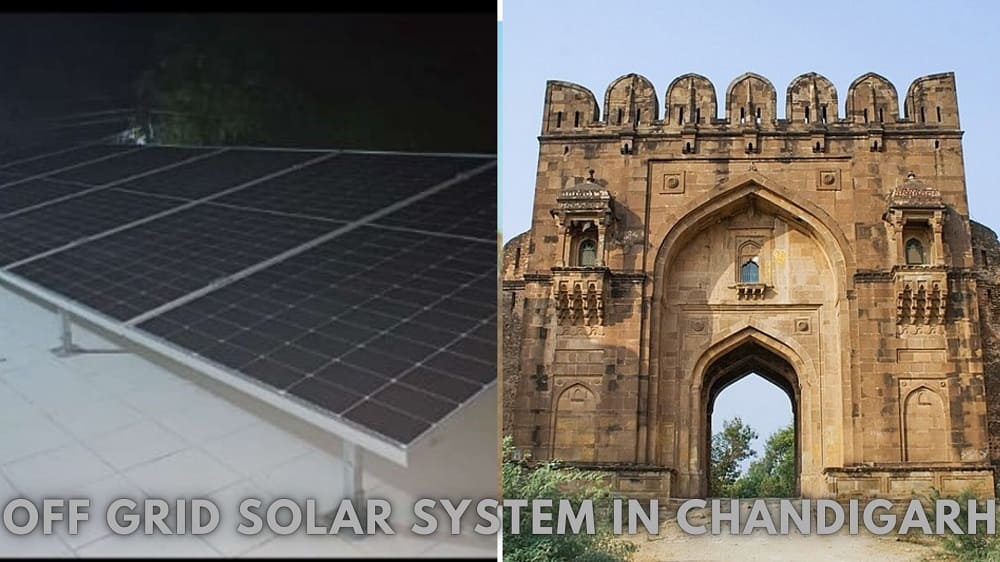
Off Grid Solar System in Chandigarh- Chandigarh is a union
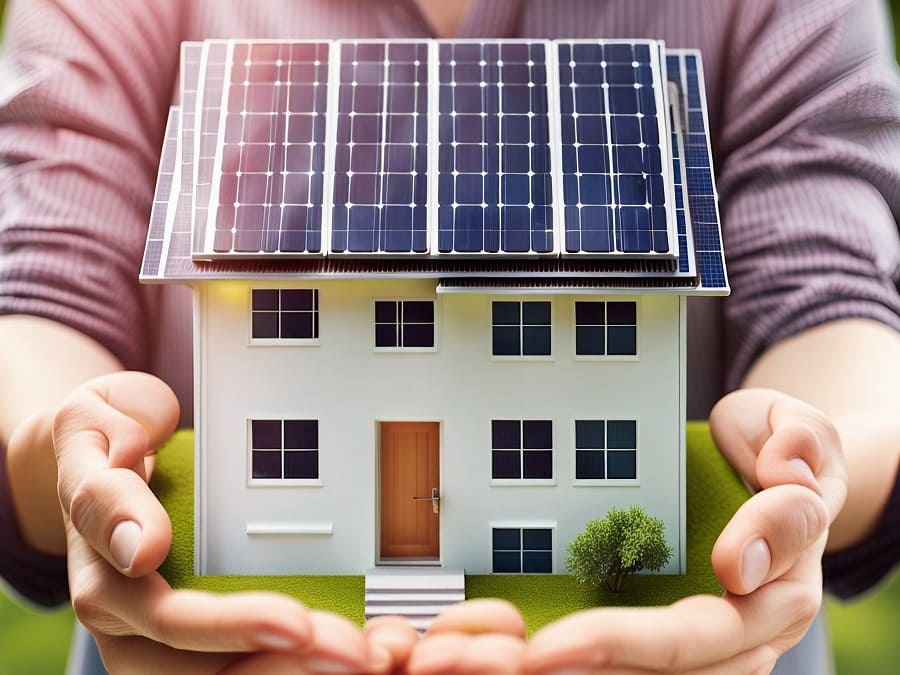
Solar Panel For Home In Rajkot – Solar energy in
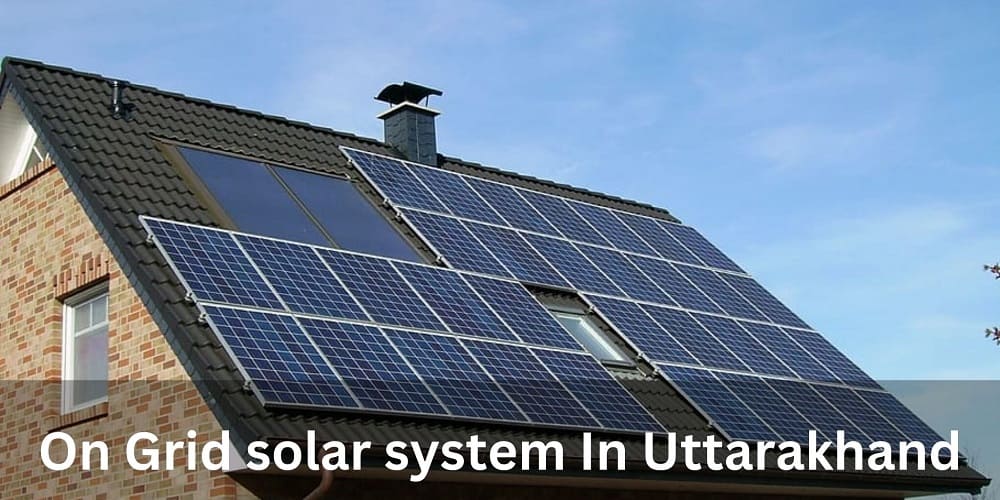
On Grid Solar System Uttarakhand – Grid-connected solar photovoltaic (PV)
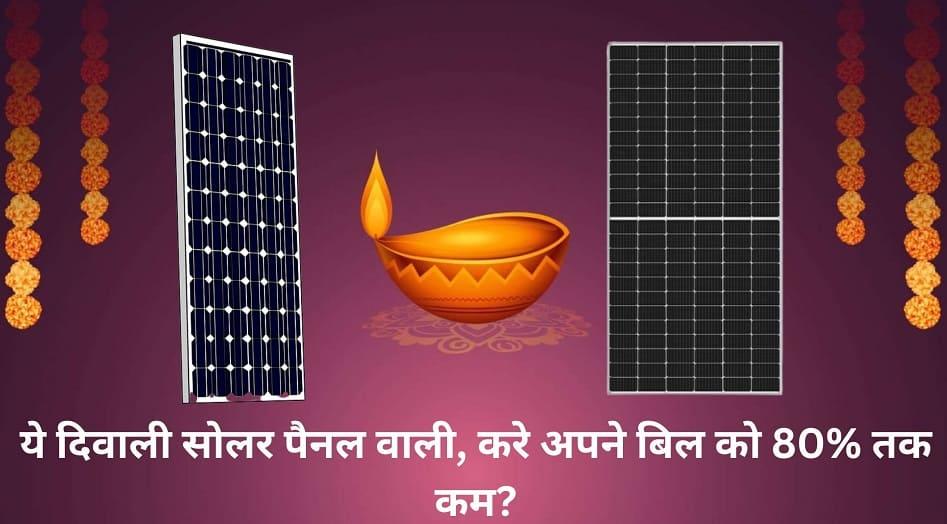
Solar Panel Installation at Diwali – इस दिवाली के मौके
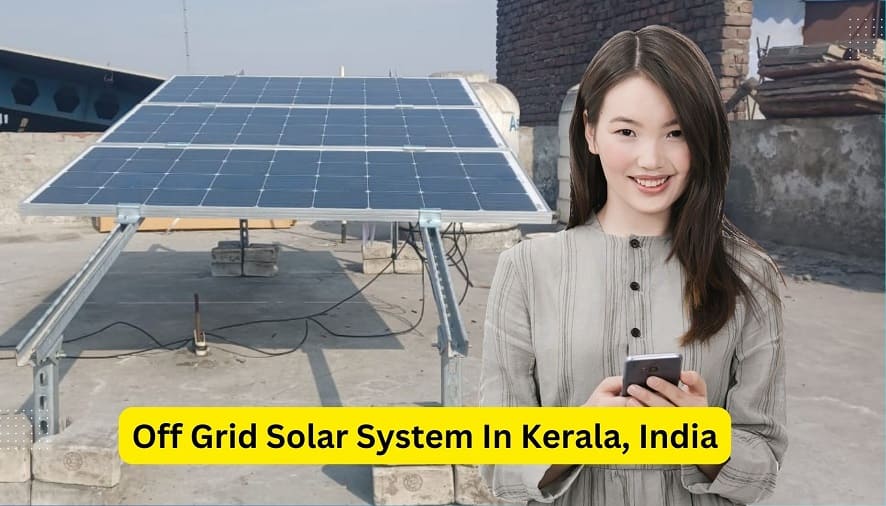
Off Grid Solar System in Kerala- In today’s time, the
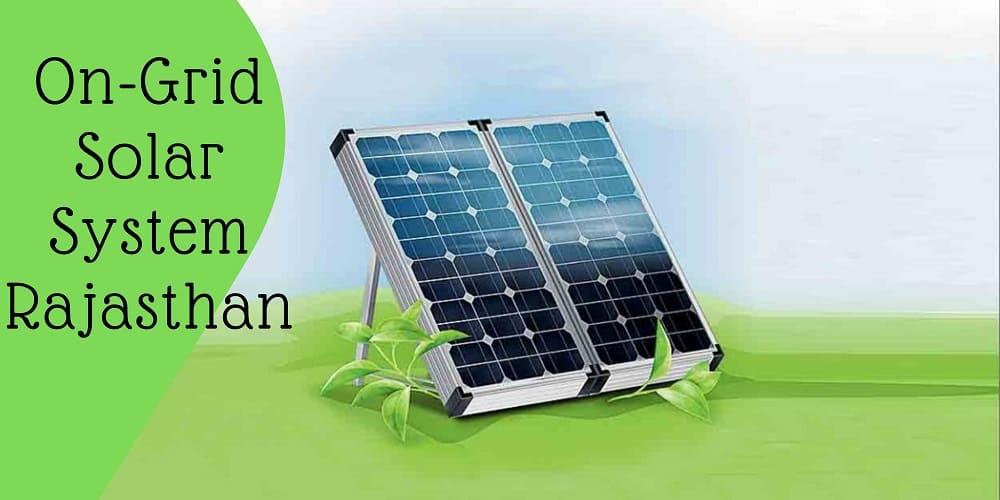
On Grid Solar System In Rajasthan – Rajasthan is one
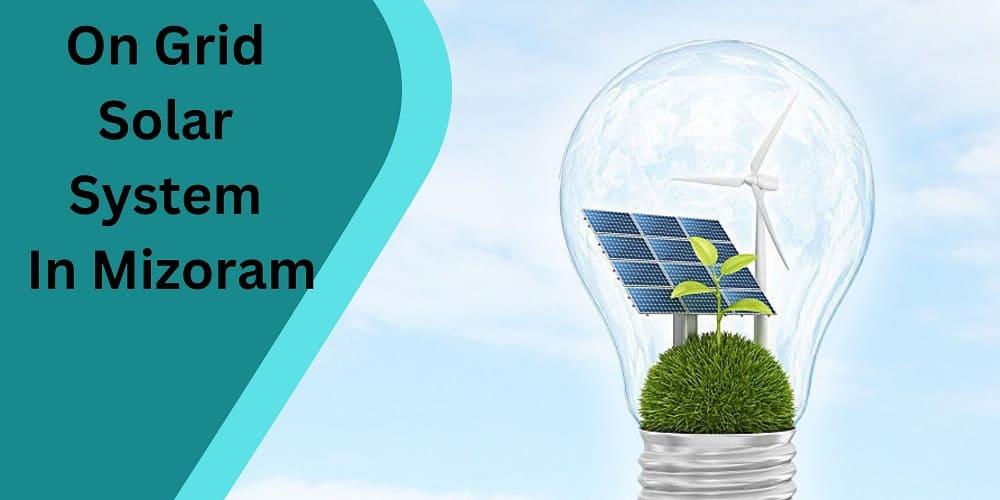
On Grid Solar System In Mizoram – Mizoram is an
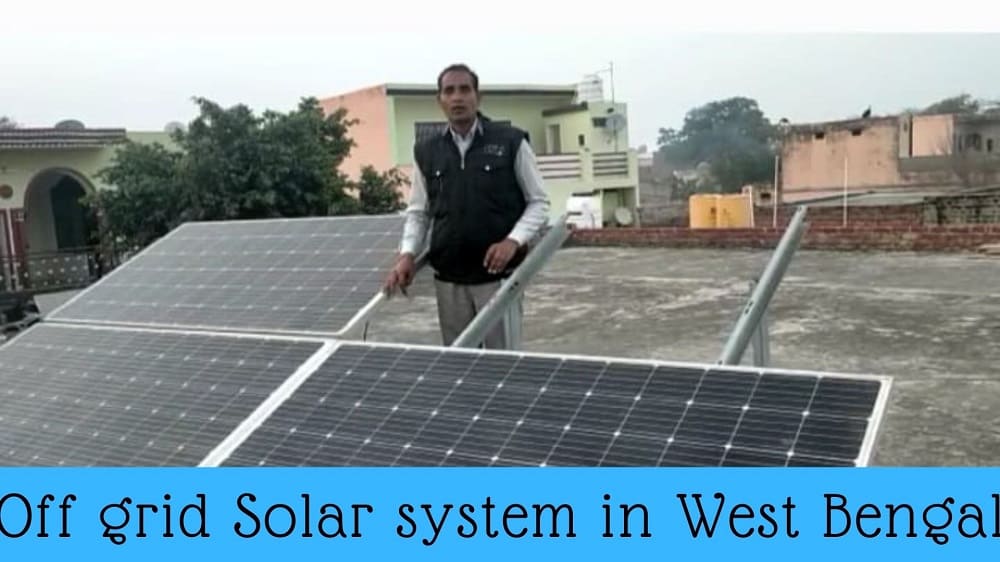
Off Grid Solar System in West Bengal- In today’s time,
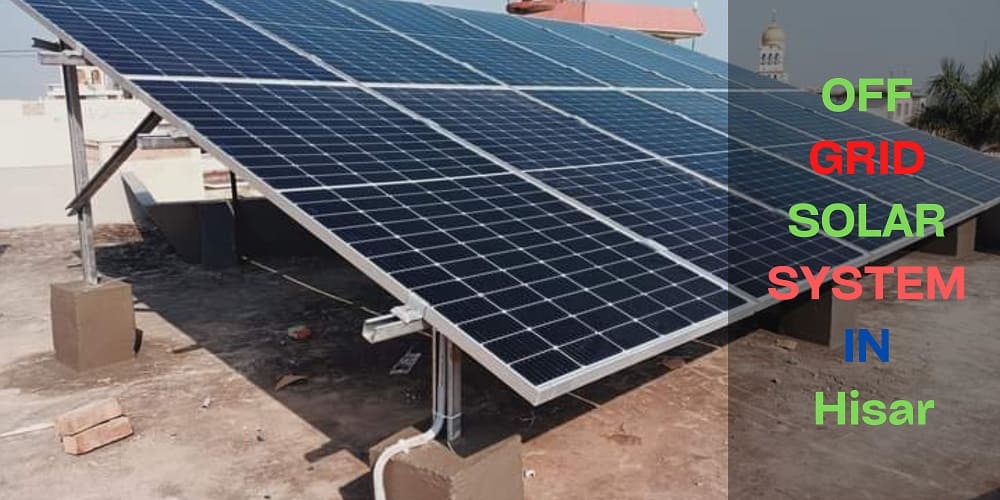
Off Grid Solar System in Hisar- In today’s time, the
Ujjawal Solar is a Solar Energy Company led and initiated by the students of the YMCA. We are India’s largest Mono PERC Solar modules manufacturer at PAN India Level. We Manufacture completely Eco-Friendly Modules that give no harm to the environment. We want to make India aware of the power of the Sun by reducing up to 90% of their home’s electricity bills.